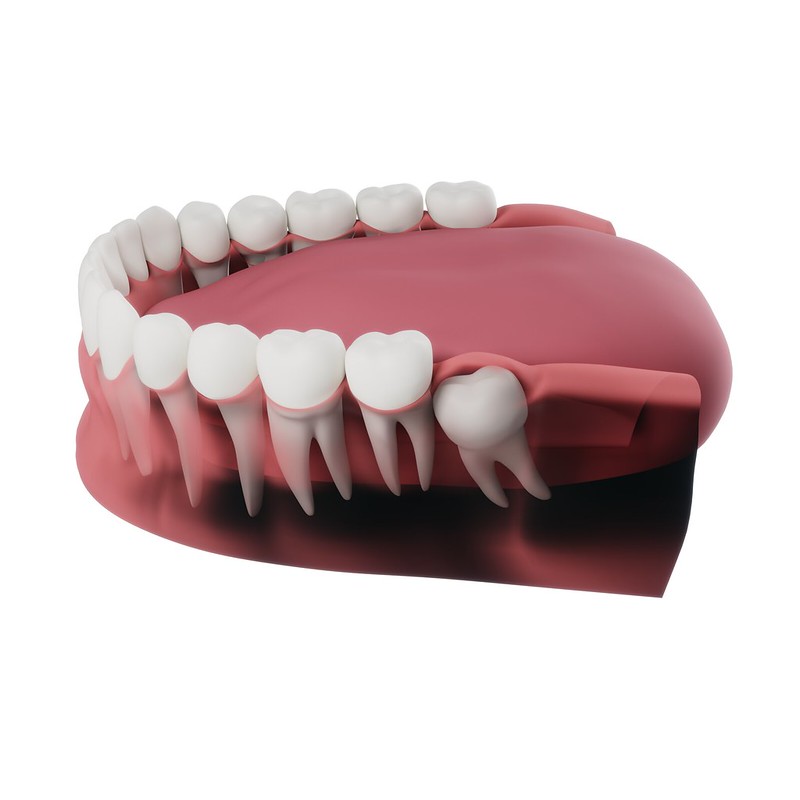An interesting article titled “Late Developing Third Molars: a Concerning Predisposing Sign of Impaction?” was presented on July 22, 2021, at the virtual session of the 2021 International Association for Dental Research (IADR)/AADR/CADR General Session written by Denver Marchiori and et al. The research set to investigate more how the development of impacted wisdom teeth which are known to develop later and slower than fully erupted wisdom teeth.
This study used longitudinal patient imaging data and quantitative analytical methods to investigate and determine the extent to which late-developing wisdom teeth are more predisposed to eruption and impaction. The authors retrospectively explored 324 maxillary and mandibular wisdom teeth by looking at cone-beam computed tomography scans and panoramic radiographs of 99 Western Canadians ages 6 to 24. rom this data a generalized estimating equation model was calculated to estimate wisdom tooth eruption status based upon wisdom tooth developmental stage assessed 1–8 years in advance.
The authors found wisdom teeth developmental stage at a particular patient age during growth significantly anticipated wisdom tooth status in older ages. The authors found that wisdom tooth development was radiographically-detectable around 7 years of age, but this occurred on average 2.4 years later for impacted wisdom teeth when compared to eruption prone wisdom teeth. Further, each delay of one stage increased risk of wisdom tooth impaction by 46% and decreased predisposition to functional eruption by 84%.

Thus the authors said that wisdom tooth eruption status can be significantly estimated or up to 1 to 8 years in advance from wisdom tooth developmental. The risk of wisdom tooth impaction increases when when hese teeth develop later, while when the wisdom tooth develops earlier it is more likely to fully erupt. The authors feel that their results can help optimize clinical guidelines and understanding about the characteristics that lead to wisdom teeth becoming impacted.
It is not clear if there was a cone-bea computed tomography scan available for every wisdom tooth that the authors explored in the study. Knowing more about which wisdom teeth are likely to be impacted at a young age may help to better shape how dentists and oral surgeons will recommend wisdom teeth management in the future. Impacted wisdom teeth are known to cause more problems to patients than wisdom teeth that erupt. They can also be more difficult to remove as discussed in the post An Index to Assess Surgical Difficulty of Impacted Wisdom Teeth.
